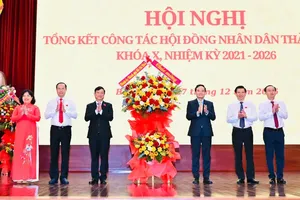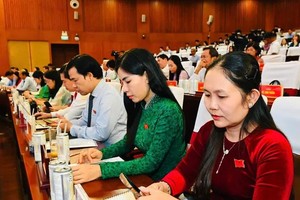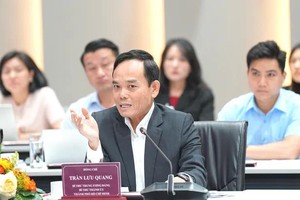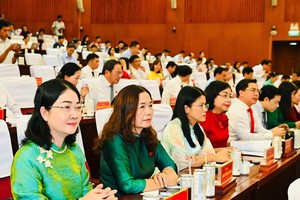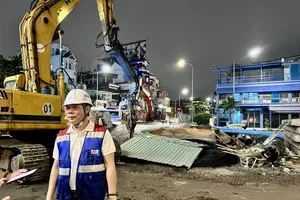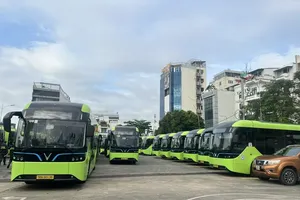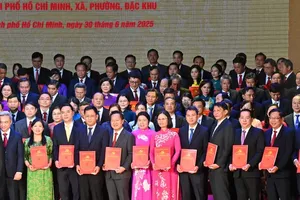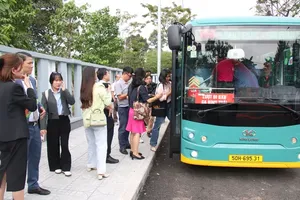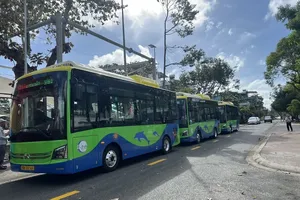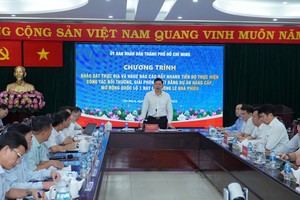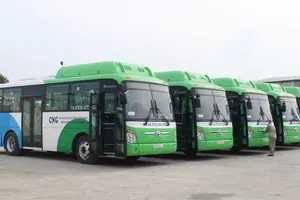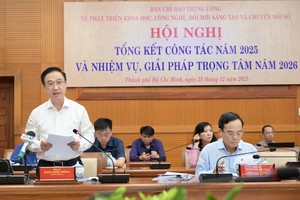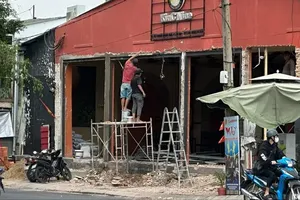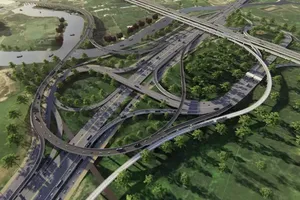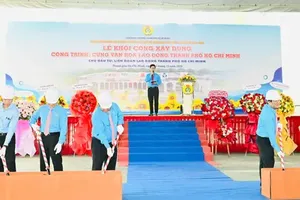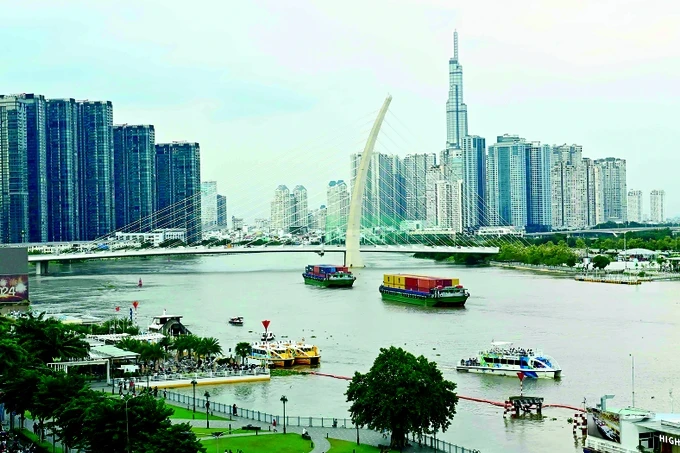
Discussing what HCMC should focus on in its master planning, Deputy Minister Tran Quoc Phuong first stressed General Secretary To Lam’s view in the Politburo’s meeting on August 23 that the planning must concretize the Party's guidelines as well as the resolutions of the Central Party’s Executive Committee, the Politburo, and the Secretariat, especially Resolution No. 31 of the Politburo on the orientation and tasks for developing HCMC until 2030 with a vision to 2045.
This planning must have a comprehensive vision across all sectors, commensurate with its ambitious development goals and the significant challenges it faces.
Specifically, it is necessary to deepen the role, position, and importance of HCMC to the nation in the fields of economics, culture, society, national defense and security, and foreign affairs to identify the city's unique potential and competitive advantages. Bottlenecks and their root causes of past development limitations must be clearly identified to find suitable solutions, mechanisms, and policies.
Moreover, the plan must clearly define development models and the contributions of each sector to the city's economic growth; clarify the selection, development orientation, and development space of key sectors during the planning period; orient the allocation of resources to implement breakthrough projects that drive the city's development.
Additionally, the plan must more clearly demonstrate the impact of the spatial distribution orientation of "making use of the river, taking advantage of the sea"; "multi-center city"; the orientation of developing Can Gio Port, the free trade zone, the international financial center, and underground space on the city's socio-economic development.
Lastly, HCMC needs to focus on investing in the development of transportation infrastructure to ensure seamless connectivity within the city, between provinces, and internationally; focus on developing transportation routes connecting with Long Thanh Airport, Bien Hoa City, and Binh Duong Province.
Deputy Minister Phuong then mentioned the special features of HCMC, which should be clearly displayed in its comprehensive planning.
Currently, HCMC has three important planning pieces, including two concurrent ones: the Ho Chi Minh City Planning and the General Construction Planning of Ho Chi Minh City. These two are implemented according to the Planning Law and the Urban Planning Law. This calls for consistency between them as to population size, spatial distribution orientation, functional zoning, urban and rural systems.
Additionally, the general planning of Thu Duc City must be developed concurrently with HCMC’s counterpart. Besides, the Saigon River planning has been identified as the center for reviewing the city's general planning in the coming time.
Obviously, the master planning of HCMC is significant not only to the country but also to the region, asking for this planning to have modern mindset as well as strategic vision. There is a need to review and clearly define the functions, roles, positions, and importance of the city to the region and the nation in the fields of economics, culture, society, national defense and security, and foreign affairs.
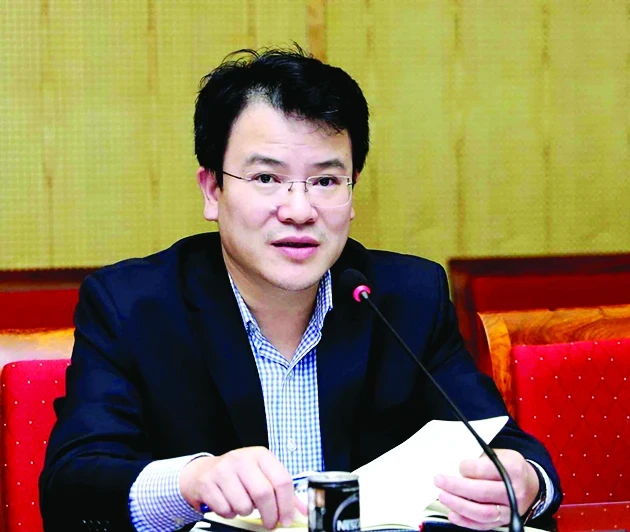
The city should maximize the use of underground and water spaces; prioritize locations with potential and efficiency for planning the development of services, tourism, and production; promote cultural industries, entertainment industries; take advantage of green, smart, and modern development trends to attract strategic investors and high-quality resources; accelerate the implementation of the project to form an international financial center, the project to build Can Gio international transshipment port, and the innovation and industry center.
Finally, the Deputy Minister mentioned the main focuses of HCMC in the near future. Because HCMC’s planning aims to develop a sustainable, modern city that meets the needs of the population and the requirements of economic development, it must orient towards development promotion and be open.
- In terms of urban development, it is necessary to ensure that urbanization is linked to promoting rural development, researching models, and the structure of "village within the city, city within the village" development suitable for the green development stage and suburban districts.
- As to the development of industries and sectors, HCMC should continue to improve and upgrade the industrial park - urban area - service model; carefully study the planning of the Saigon River to develop green tourism combined with ensuring water security; focus on attracting investment projects that ensure all three factors: advanced technology, environmental protection, and the use of high-quality human resources.
- Regarding infrastructure development, the city needs to focus on investing in the development of transportation infrastructure to ensure seamless connectivity within the city, between provinces, and internationally; focus on connecting infrastructure development with water infrastructure, flood prevention, disaster prevention, and climate change adaptation; effectively use underground space; develop modern urban railway lines connecting multi-function centers and satellite urban areas.
In short, with a vision to 2050, HCMC aims to become a smart city where technology is exploited effectively to create a safe, dynamic, and sustainable living environment for future generations. This means it should transform into a multi-center model (multi-polar combined with secondary centers). New planning research projects need to be completed to further clarify the city's multi-center urban model.
In the planning for the new period, HCMC needs to restructure industrial parks and export processing zones to limit labor-intensive industries and sectors, shifting to high-tech industries with high labor productivity and knowledge content, which is an inevitable trend. The city needs to promote and strengthen resources from public-private cooperation, mobilize possible resources in the community; focus on exploiting land, resources, and human resources, taking people as the central subject for development.
Deputy Minister Tran Quoc Phuong
